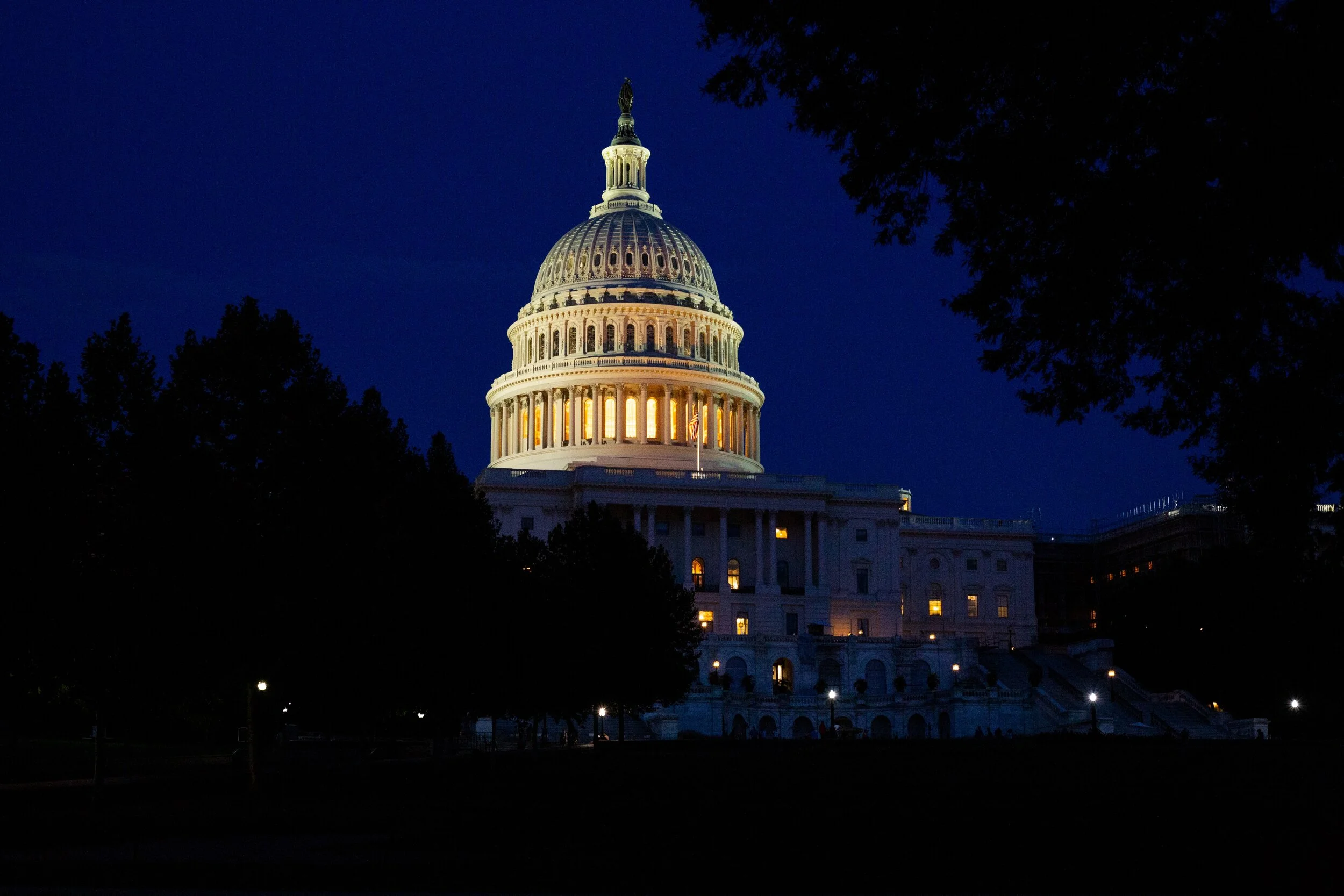It’s hard to fathom what the world has gone through over the past month and what lies ahead. Only six weeks ago LIHEAP advocates from across the nation gathered on Capitol Hill to strengthen relationships with policymakers and make the case for increased funding for the program. In the weeks after LIHEAP Action Day, the COVID-19 crisis exploded into an unprecedented public health and economic challenge that changes on a daily basis. The number of households who could benefit from short-term LIHEAP support will grow exponentially as the social safety net is tested like no other time in our history.
LIHEAP has always been an under-resourced program; as the universal economic impact of the virus takes hold program administrators, social service agencies, utilities and policymakers will have to coordinate to assess the facts on the ground, how LIHEAP as designed can be an effective relief tool, and how out of the box thinking and new ideas fit into the broader discussion. This post provides updates on FY2020 funding and posits some theories on how advocates may approach the next several months.
Supplemental Funding in CARES Act
On March 27, the House of Representatives passed and President Trump signed the massive, $2.2 trillion Coronavirus Relief Act. This legislation included an additional $900 million in LIHEAP funding, bringing the FY2020 Appropriation to approximately $4.64 billion in program funding. Three-quarters of the funding is directed to “tier 2” of the LIHEAP funding formula, meaning in short that a majority of the funds are directed to warmer weather states that receive less of an allocation according to the traditional funding formula. A complete breakdown of state-by-state funding is expected early this week.
It is not a surprise that LIHEAP was included in the emergency legislation. Because LIHEAP is a fast-spending program with established outreach and delivery mechanisms Congress has utilized the program in past supplemental or emergency spending bills, including $1 billion in the post-Hurricane Katrina recovery in 2005 and increasing funding to the fully authorized $5.1 billion as part of the 2009 American Recovery Act.
In “regular” Congressional years, advocates and policymakers would be deep in the Appropriations process to establish funding for the next fiscal year, which begins on October 1. Depending on the specifics of the year, the Labor HHS Appropriations subcommittee that determines LIHEAP’s funding would have received an allocation as part of a broader budgeting process and would be determining how much of that allocation should be invested in LIHEAP. This year, all bets on process are off as the public health and economic uncertainty ensures the Congressional timeline and process will be adjusted as events warrant. Many observers believe Congress will have to pass a fourth stimulus bill this year along with formal Appropriations for FY2021. All of this, of course, is likely to take place during a historic Presidential election where control of both Houses of Congress could also be at stake.
How Can Advocates Respond
The experience of the 2009 American Recovery Act and the last several weeks of debate on Capitol Hill provide a bit of a road map for LIHEAP advocates:
All traditional restraints are off. LIHEAP is historically challenged by being part of the Labor HHS Appropriations bill, a highly contested piece of legislation where LIHEAP is essentially in a zero-sum competition for funding with a range of highly popular health and education programs. In times of economic crisis, however, LIHEAP has benefitted from the supplemental nature of the investment -- funds that come from outside the subcommittee’s allocation. Similarly, policies that dictate how funds are spent can be adapted in a crisis, either as a way of piloting new ways of delivering resources or strengthening infrastructure. The crisis is going to be a massive strain on the ability for social service agencies and public sector connectors - in the midst of a deep employment crisis, advocates should pursue strategies to strengthen the capacity of local agencies through a short-term relaxation of how the funds can be administered by states.
Advocates should embrace pursuing funding above the $5.1 billion authorized levels. While LIHEAP has not been formally reauthorized in over a decade, there is no concrete reason that $5.1 billion has to be a ceiling in the event of additional supplemental funding legislation. Similarly, this may be a moment to innovate with LIHEAP program delivery, pursuing waivers that allow households easier access to relief dollars without some of the traditional processes including income verification and demonstration of inability to pay utilities. In a crisis, Capitol Hill is looking for credible solutions from field leaders. Advocates should be fearless and visionary in terms of looking “outside the box.”
While we know that staff capacity will be sorely tested during this crisis, LIHEAP advocates and administrators are going to have to be very intentional with documenting the impact of their program during this difficult period. A mix of quantitative analysis and qualitative storytelling will be extremely important in helping policymakers understand the role of energy assistance funding and any future funding and policy discussions.
Advocates should also take this moment to really dig into the “long view” - a vision for how the LIHEAP program should function in the future. The field should play offense to determine what LIHEAP should look like in terms of funding levels, program administration and relationship to other programs. These discussions can lead to a full reauthorization when in the next several years.
The energy assistance field has grown and strengthened over the past twenty-five years, with local organizations, public agencies, utilities, regional and national networks and other stakeholders working in unison to share best practices and strategies. Organizations like NEUAC and NEADA continue to do exceptional work to bridge between Capitol Hill, HHS and local communities. LIHEAP has for decades been an important policy tool in times of crisis; now is a moment for the field to be strong and visionary in taking ownership of what that means in this unprecedented era.

